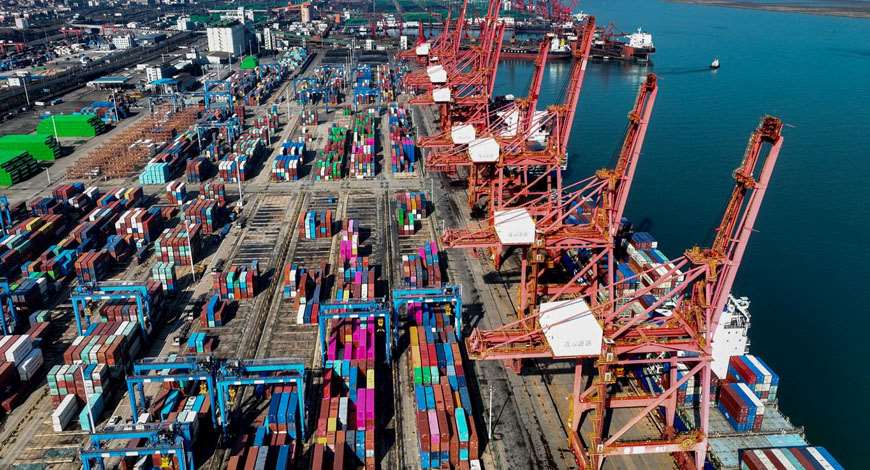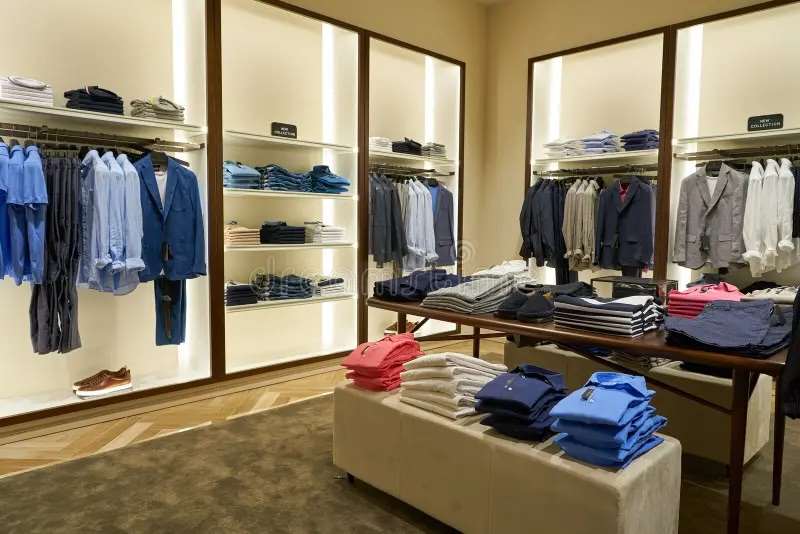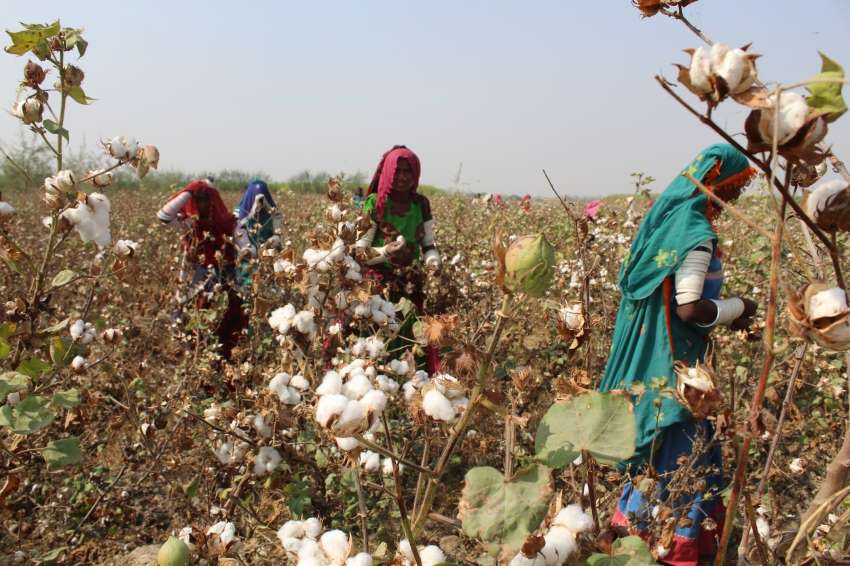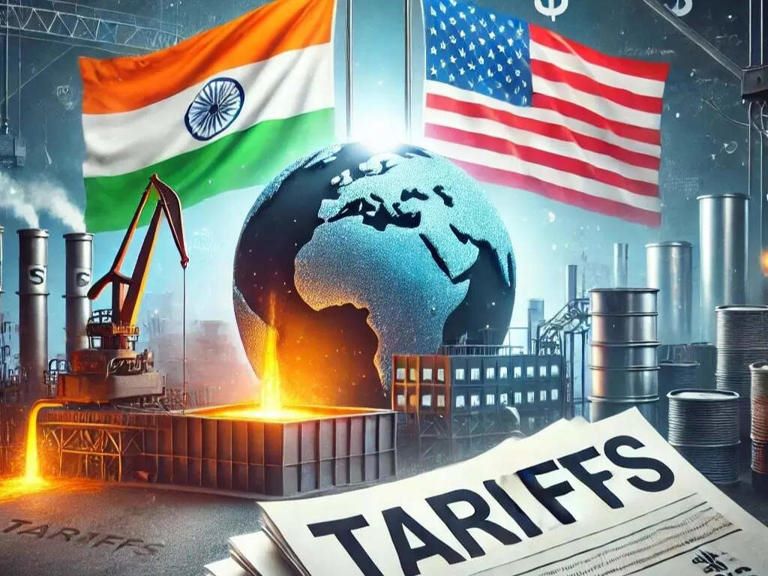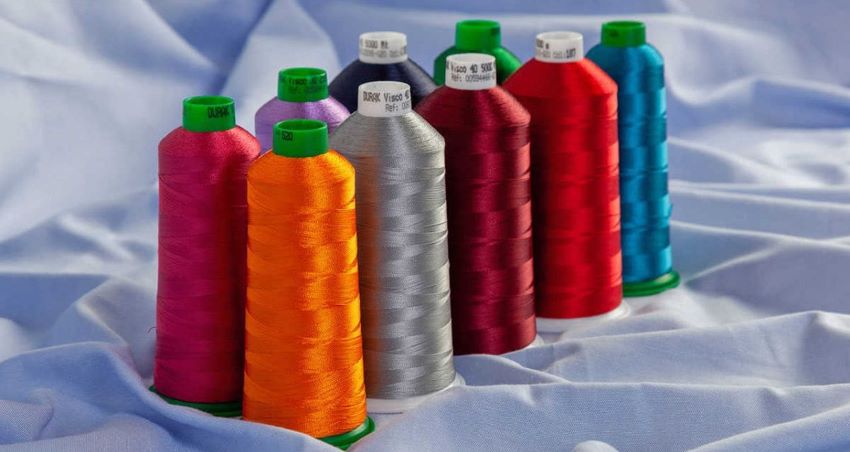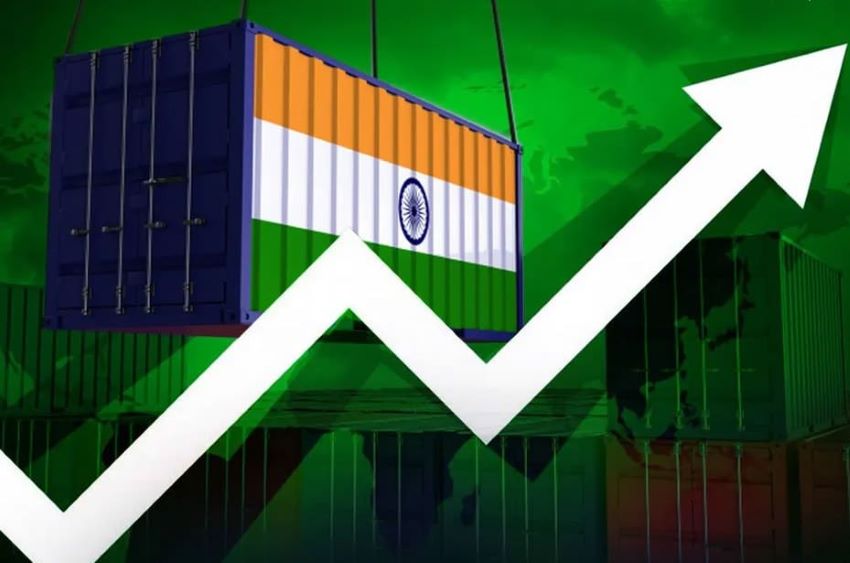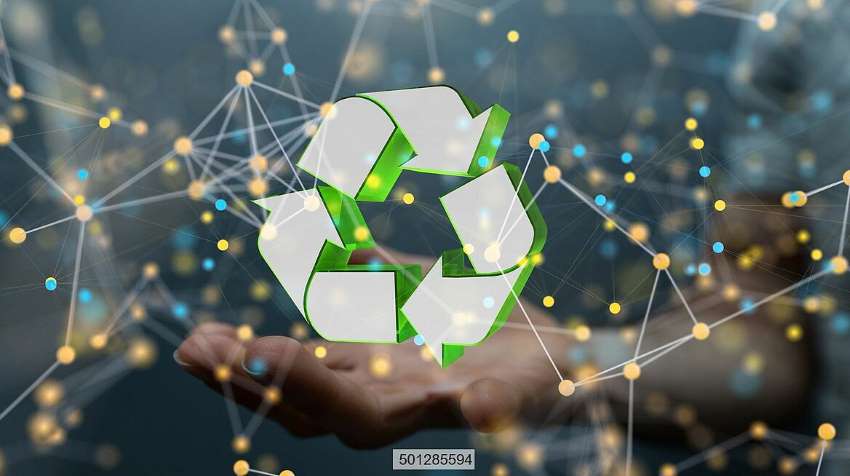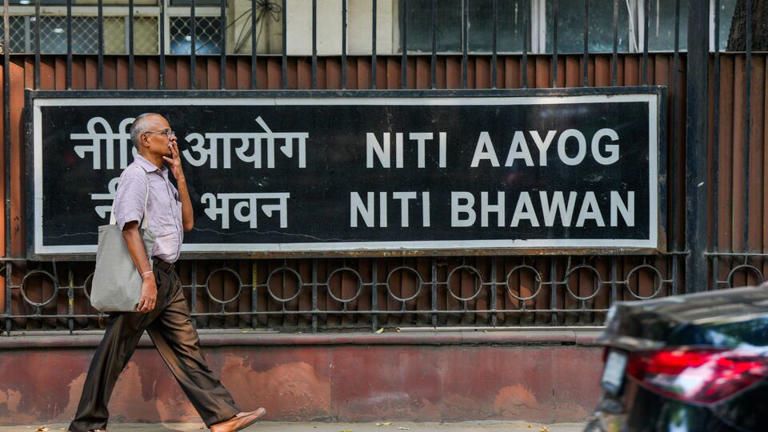FW
Fashion Group International (FGI) will host the 29th annual FGI Rising Star Awards on April 16, 2025, in New York City (venue to be announced). Emmy and Grammy-winning actress, producer, and bestselling author Tiffany Haddish will host the prestigious fashion event, joined by presenters Fern Mallis, Gary Wassner, Ken Downing, Reem Acra, Jonathan Cohen, and others.
The Rising Star Awards celebrate emerging talent in fashion, beauty, and related industries, while also honoring established leaders. This year, Robert Chavez, former Executive Chairman of Hermes Americas (Retired), will receive the Lifetime Achievement Award. “The Rising Star Awards provide a premier platform for the next generation of industry leaders,” said Alyce Panico, FGI Board Chairperson and CEO of Luxe Collective Group. “FGI remains dedicated to supporting and empowering emerging talent.”
Maryanne Grisz, FGI President & CEO, emphasized the significance of the awards in recognizing innovative designers and founders. “These honorees represent the future of fashion, and we are honored to celebrate their creativity,” she said.
A key fundraising event for FGI, the Rising Star Awards underscores the organization’s commitment to fostering industry professionals with resources, education, and networking opportunities. Applications opened in September 2024 for businesses operating between two and six years, with finalists selected by an FGI member vote and a juried panel.
The event has served as a career incubator for leading designers such as Tory Burch, Jason Wu, Brandon Maxwell, and Phillip Lim. Returning sponsor Macy’s will present the Future Fashion Award in Fashion Merchandising, while Hilldun Corporation’s Gary Wassner will award Carly Bigi, founder of Laws of Motion, with the Hilldun Business Innovation Award.
For the first time, the annual pre-event will feature an informal fireside chat hosted by APL in its SoHo flagship store. Moderated by Panico, the discussion will include NJ Falk, Robert Chavez, Gary Wassner, and other industry leaders, focusing on mentorship and fostering the next generation of talent.
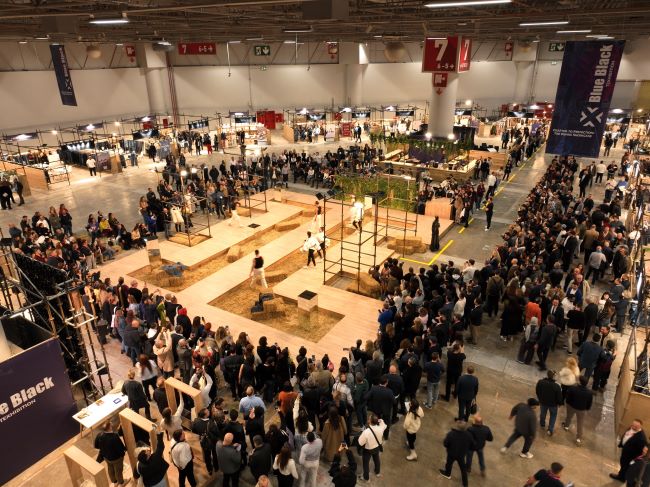
Texhibition Istanbul 2025 reaffirmed its status as a leading international trade fair for fabrics, yarns, and textile accessories. Organized by ITKIB Fuarcılık A S in collaboration with the Istanbul Textile Exporters Association (ITHIB), the event took place from March 5-7 at the Istanbul Expo Center. It welcomed 22,623 visitors from 106 countries, with over 500 exhibitors showcasing their latest collections and technologies. A dedicated embroidery section was introduced for the first time, further expanding the fair's diverse offerings.
Turkish textile industry strengthens global position
Turkiye's textile and apparel industry continues to establish itself as a global leader, with an export volume of $32.1 billion. Minister of Trade Omer Bolat highlighted the country’s standing among the world's top six textile exporters and as the EU’s third-largest supplier. Texhibition Istanbul plays a crucial role in reinforcing this position by promoting innovation and design expertise on an international scale.
TIM President Mustafa Gultepe emphasized the industry's focus on digitalization, sustainability, and long-term strategies to remain competitive. With an integrated supply chain from cotton to ready-to-wear, Turkiye boasts over 20,000 manufacturers committed to fast, ethical, and eco-friendly production. The sector saw a 20 per cent increase in textile exports in 2024, reaching $15 billion across 212 countries and regions.
Texhibition Istanbul featured a wide range of exhibitors, including established brands such as BTD, Bossa, Gulle, Hefa, Iskur, Karafiber, KuçukÇalık, Kıvanç, Kipaş, Migiboy, Menderes, Narteks, and Yunsa. Hall 8 was dedicated to leading yarn and fiber manufacturers like Diktaş, Ensar, Karafiber, Sasa, and Tepar. The newly introduced embroidery section in the same hall featured 14 exhibitors, including Estar Broche-Akspa Tekstil, Antik Dantel, İpek Tül, and İzmir Brode.
The denim sector also took center stage at the Blue-Black Denim Hall 7, where 21 leading companies, including Bossa, Isko, Kipaş, and İskur, presented their latest sustainable denim innovations. The Blue-Black Denim Show, alongside creative installations and workshops, made this one of the most dynamic sections of the fair. Innovative collections showcased advancements such as metallic-shimmering fabrics and vintage-reworked denim, leading to increased interest from EU buyers in Turkish denim products.
Innovation and sustainability drive the industry forward
Texhibition Istanbul 2025 showcased cutting-edge textile innovations, reinforcing the industry's commitment to technological advancement. The Innovation Hub, curated by designers Arzu Kaprol and Filiz Tunca, featured innovative developments such as transformative denim fabrics that change color upon treatment, an interactive dress with ultra-thin light circuits, and eco-friendly materials derived from pomegranate peels.
A key highlight was MYTH AI, a startup specializing in AI-driven pattern creation and design adaptation for manufacturers. Texhibition Trend Lab further emphasized how innovation is shaping sustainable textiles, blending futuristic aesthetics with practical functionality.
Sustainability remained at the core of the fair, with numerous exhibitors showcasing eco-friendly production methods. Karafiber presented its Ecocell Lyocell fibers, made from sustainably grown wood, while Korteks introduced a polymer recycling plant that produces polyester fibers from recycled plastic bottles. Digital integration also played a role, with Isik Etiket unveiling smart textile labels featuring QR codes that provide material composition, care instructions, and production details. These labels, made from recycled paper and embedded with seed paper tags, contribute to a zero-waste solution, allowing users to plant them instead of discarding them. Since 2022, Isik Etiket’s initiative has resulted in the planting of over 6,069 seedlings.
The ReValue Stock Hub provided a sustainable business platform for marketing surplus fabrics. Through physical and digital presentations, it facilitated customized business opportunities for buyers while reducing industry waste.
A premier hub for trade and networking
Texhibition Istanbul 2025 successfully served as an international hub for trade, fostering connections between manufacturers, designers, and buyers. The fair recorded a 30 per cent increase in international visitors compared to September 2024, with the EU accounting for 41.3 per cent of attendees. Prominent buyers, including Joseph Ribkoff and Simons from Canada, Nike and Alexander Wang LLC from the USA, Asos PLC and Reiss Ltd from the UK, and Ferrotex Industrial and Puntex from the Dominican Republic, participated in business networking sessions with exhibitors.
Ahmet Oksuz, Chairman of ITHIB, expressed pride in hosting Texhibition Istanbul for the seventh time, emphasizing its role in elevating Turkiye’s presence in the global textile market. Vice Chairman Fatih Bilici highlighted the country’s status as the world’s fifth-largest textile exporter and commended Texhibition Istanbul for connecting Turkish manufacturers with global buyers. He underscored the event's focus on sustainability, digitalization, and creative innovations as key factors shaping the future of the textile industry.
With its strong emphasis on sustainability, technology, and global networking, Texhibition Istanbul 2025 reaffirmed its position as a key meeting point for the international textile industry, driving the sector toward a more innovative and eco-friendly future.
Expanding its production, Sanathan Textiles is setting up a new Greenfield polyester yarn manufacturing facility in Wazirabad, Punjab.
To be set up through the company’s subsidiary, Sanathan Polycot, the facility will be developed with an investment of Rs 726 crore on 80 acre. On becoming operational, it will triple Sanathan Textiles’ production capacity from 550 to 1,500 tons per day.
Driven by the anticipated growth in the Indian textile and apparel market, this expansion is fueled by increasing disposable incomes, urbanization, online retail growth, and a shift towards man-made fibers and technical textiles. The plant’s strategic location in Wazirabad’s Industrial Park provides proximity to key markets like New Delhi, Ludhiana, and Rajasthan, which currently contribute 30 per cent of the company's revenue. This will help the company reduce transportation costs and improve delivery efficiency for Sanathan Textiles’ extensive product range of over 14,000 yarn varieties.
Sanathan Textiles also plans to integrate fabric weaving or knitting divisions at the Punjab facility to add value on-site. Additionally, the company will establish an in-house production unit for specialized raw materials used in technical textiles and industrial yarns, enhancing its portfolio of value-added products.
Having strong relationships with major consumer brands, including Welspun India, Page Industries, and Siyaram Silk Mills, this expansion will help Sanathan Textiles strengthen its market position and meet the increasing demand for its diverse yarn products.
Rieter reported a 34 per cent rise in order intake for 2024, reaching CHF 725.5 million (2023: CHF 541.8 million), marking the fourth consecutive quarter of year-on-year growth. Despite this, the company faced a 39 per cent decline in sales, closing the year at CHF 859.1 million (2023: CHF 1 418.6 million).
The Machines & Systems Division saw a significant sales drop of 56 per cent to CHF 424.9 million (2023: CHF 965.0 million). The Components Division recorded a 7 per cent decline, reaching CHF 247.6 million (2023: CHF 266.2 million), while the After Sales Division remained stable at CHF 186.6 million (2023: CHF 187.4 million).
Rieter maintained profitability despite lower sales, reporting an operating result (EBIT) of CHF 28.0 million (2023: CHF 104.8 million) with an EBIT margin of 3.3 per cent (2023: 7.4 per cent). Net profit stood at CHF 10.4 million (2023: CHF 74.0 million), while free cash flow dropped to CHF 14.1 million (2023: CHF 118.7 million). Net debt rose to CHF 230.3 million (2023: CHF 191.2 million) due to new lease liabilities.
The company’s order backlog stood at CHF 530 million as of December 31, 2024 (2023: CHF 650 million). The Board of Directors has proposed a dividend of CHF 2.00 per share, reflecting a payout ratio of 85.8 per cent.
As part of its sustainability strategy, Rieter committed to setting company-wide emission reduction targets for 2040 under the Science Based Targets initiative.
Looking ahead, Rieter expects a challenging first half of 2025 but foresees a stronger second half, with sales anticipated at the previous year's level and an EBIT margin between 0 per cent and 4 per cent.
Shifting its production to Europe, Australian denim label Ksubi has launched its new premium range, ‘KSelvedge.’ The collection features selvedge denims made with fabrics from renowned European mills in Turkey, Portugal, and Italy.
The collection was developed in partnership with Isko, Troficolour, and Candiani, using traditional shuttle looms for Candiani fabrics, a process that produces durable denim with the classic selvedge edge. Each piece is hand-finished to embody Ksubi's signature "beautifully imperfect" aesthetic.
The KSelvedge range introduces new styles across Ksubi's popular fits, including the slim Chitch, and the relaxed Hazlow and Anti K. Available in raw indigo and black, the collection also offers five new washes named after Ksubi's key city hubs: New York Black, Chicago Black, LA Blue, Sydney Blue, Melbourne Blue, and Artist Blue.
Each garment features unique branding, including a two-tone pocket tag inspired by the selvedge stitch and a ‘Made in Europe’ swing tag for authenticity.
The collection launched with a campaign shot by Australian photographer Andrew Peters in Milan. Featuring Erik Ellington, a skateboarder, Los Angeles along with Davey Sayles, known from Thrasher magazine, this campaign blends street culture with luxury, showcasing the denim with folded hems to highlight the selvedge edge, paired with Ksubi’s Spring 2025 collection for a refined look.
The KSelvedge collection from Ksubi is currently available on the brand’s website and in its flagship stores in major cities like New York, Los Angeles, Miami, Chicago, London, and its newest locations in Sydney and Melbourne.
A major global chemicals producer, Indorama Ventures (IVL) is pursuing a partnership-driven growth strategy under its ‘IVL 2.0’plan, says Aloke Lohia, CEO.
Factors like China's manufacturing self-sufficiency, the impact of Peak Oil, and India's rapid economic growth are driving this change, Lohia adds. Despite ongoing market challenges, IVL managed to improve its operational efficiency in 2024 and aims to restore its historical growth trajectory this year.
While IVL registered an improvement in performance across all segments in 2024, it didn't fully meet its deleveraging and cash conversion targets. To address this, additional management actions are underway.
The company is transitioning from a mergers and acquisitions-focused model to one centered on strategic partnerships. This new approach aims to capitalize on growth and consolidation opportunities. IVL has already initiated several projects, including a 24.9 per cent minority stake acquisition in EPL, an Indian specialty packaging company. This move strengthens IVL's presence in the high-growth Indian market.
Furthermore, IVL plans to spin off its Indovinya downstream chemicals segment and its Indovida packaging unit. These units will operate independently, allowing them to maximize their growth potential.
With a history of over 30 years and 50 acquisitions, IVL has built a substantial global footprint. The company now aims to leverage its existing infrastructure and digital systems to drive further expansion.
Reiterating IVL's commitment to financial discipline and maintaining a strong balance sheet, Lohia explains, the company’s future growth will be achieved by building collaborative relationships with major industry players, leveraging its combined scale. This will help the company secure a dominant position in key markets through these mutually beneficial partnerships.
Women workers in two Indonesian garment factories have achieved a landmark victory with the signing of the Central Java Agreement for Gender Justice, a union-led initiative to eliminate gender-based violence and harassment (GBVH).
Negotiated by four unions SPN, SPSI, and KASBI with support from the Worker Rights Consortium (WRC), Asia Floor Wage Alliance (AFWA), and Global Labor Justice (GLJ), the agreement establishes a binding framework to prevent GBVH, modeled after similar agreements in India and Lesotho.
The factories, owned by Ontide and producing for US brands like Fanatics and Nike, employ 6,250 workers. Investigations by WRC in 2021 and 2022 revealed widespread abuse, leading to immediate remedial actions and the agreement's negotiation. The deal ensures enforcement through apparel buyers' commitments to ethical sourcing.
“This agreement is the result of years of struggle by women workers against harassment and oppression. It sets a precedent for the entire industry,” said Egye Gumilang of PSP SPN PT Batang Apparel Indonesia.
Ontide, alongside unions and global labor groups, is implementing measures to ensure a safe and dignified workplace. “A fair, violence-free workplace benefits everyone,” said Sekarsari Dewi, PUK-F.SPTSK-K.SPSI PT Batang Apparel.
“This agreement makes Ontide one of the safest places for women workers globally,” added Jessica Champagne of WRC. Labor leaders call on brands worldwide to adopt similar models, ensuring garment supply chains are free from abuse.
Passing of a proposed ‘zero-for-zero trade agreement could spike India's textiles and apparels (T&A) exports to the United States to $16 billion within three years, says a report by the Confederation of Indian Textile Industry (CITI).
According to this report, the agreement would eliminate tariffs, leveling the playing field for Indian exporters against competitors like Bangladesh and Vietnam, who currently enjoy preferential trade terms.
Representing 28.5 per cent of total exports between January and November 2024, the United States is India's largest market for T&A exports, as per Apparel Resources India. The country’s T&A exports to the US totaled $10.8 billion in FY24. On the other hand, India’s imports from the US totaled only $0.41 billion during the year.
Over the past five years, the US imports has decreased its exports from China significantly, while steadily increasing imports from India. However, the countries that have benefited the most from the changing US trade policies are Vietnam and Bangladesh, who have gained substantial market share.
A zero-duty regime, with safeguards for sensitive goods, would enhance India's competitiveness while maintaining balanced trade, argues CITI. They also advocate for a duty-free access mechanism with quota controls, given India's dependence on US cotton imports.
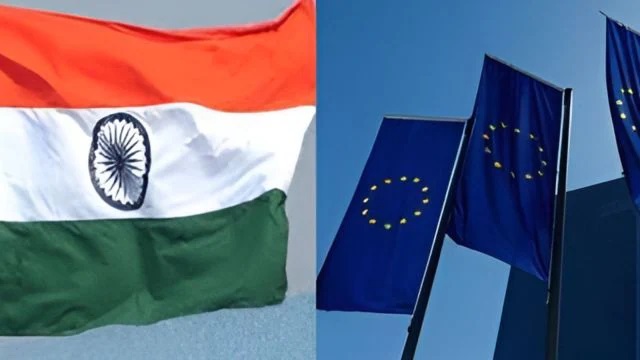
With a renewed push and a target of finalizing a deal by the end of 2025, the long-awaited Free Trade Agreement (FTA) between the European Union and India is generating a lot of excitement, particularly within the textile and apparel (T&A) sector. This landmark deal, touted as "the largest deal of this kind anywhere in the world" by European Commission President Ursula von der Leyen, promises to reshape trade dynamics and unlock substantial growth potential for both regions.
After years of stalled negotiations, primarily due to disagreements over agriculture, pharmaceuticals, and automobiles, the renewed momentum reflects a shared desire to counter rising global protectionism and strengthen strategic partnerships. As highlighted by von der Leyen during her recent visit to India, "We both stand to lose from a world of spheres of influence and isolationism. And we both stand to gain from a world of cooperation and working together."
A game-changer for textiles and apparel
The EU is already India's largest trading partner, with trade in goods reaching €124 billion in 2023. However, the T&A sector, while significant has room for considerable expansion. In fact, for India's textile and apparel industry, the FTA is a golden opportunity to boost its competitiveness in the lucrative European market. Currently, India faces tariffs on its T&A exports to the EU, hindering its ability to compete with countries enjoying preferential access. The elimination or significant reduction of these tariffs would provide a substantial boost to Indian exporters, leading to increased market share and revenue.
Conversely, the EU, a major source of high-quality textiles and technical fabrics, would gain easier access to India's vast and growing market. The potential for increased trade in both directions is immense, promising to create new jobs and stimulate economic growth in both regions.
Table: India's textile and apparel exports and imports to the EU (in € mn)
|
Year |
Apparel exports |
Textile exports (including fabrics) |
Total T&A exports |
|
2020 |
4,500 |
3,000 |
7,500 |
|
2021 |
5,200 |
3,500 |
8,700 |
|
2022 |
5,800 |
3,800 |
9,600 |
|
2023 |
6,200 |
4,000 |
10,200 |
|
Estimated Growth post FTA (2026 onwards) |
Significant increase expected, with projections of 15-25% annual growth in the initial years. |
||
|
Year |
Apparel imports (high end/specialty) |
Textile imports (technical/specialty) |
Total T&A imports |
|
2020 |
500 |
800 |
1,300 |
|
2021 |
550 |
850 |
1,400 |
|
2022 |
600 |
900 |
1,500 |
|
2023 |
650 |
950 |
1,600 |
|
Estimated Growth post FTA (2026 onwards) |
Increased access to high-end products and technical fabrics expected, with a projected 10-15% annual growth. |
Key considerations
While the FTA holds immense promise, several challenges need to be addressed. India seeks greater market access for its textiles and apparel, including lower tariffs and streamlined customs procedures. The EU, on the other hand, is likely to emphasize sustainability and labor standards, requiring Indian manufacturers to adhere to stringent environmental and social regulations. However, India's concerns regarding the EU's proposed Carbon Border Adjustment Mechanism (CBAM) will need to be addressed to ensure a level playing field for Indian exporters.
However, the FTA is expected to significantly boost India's competitiveness in many ways. Most importantly, elimination or reduction of tariffs will level the playing field, making Indian apparel exports more price-competitive. Easier access to the EU market will create new opportunities for Indian manufacturers. The FTA will incentivize investments in modernizing manufacturing facilities and improving efficiency. It can drive diversification of India's apparel export basket, moving towards higher-value products.
Competitive landscape and post FTA business scenario
India's business scenario post-FTA needs to be seen within the competitive landscape of China, Bangladesh, and Vietnam.
China: Dominates global apparel exports due to its vast manufacturing capacity, integrated supply chains, and economies of scale. However, rising labor costs and a shift towards higher-value manufacturing are impacting its competitiveness in low-cost apparel. The FTA will accelerate the shift in China's role, with India gaining a larger share of low-cost apparel exports. But China will continue to focus on higher-value manufacturing and technology-driven industries.
Bangladesh: Benefits from preferential trade agreements (like the EU's Everything But Arms initiative), providing duty-free access to major markets.
Known for its low labor costs and large-scale garment manufacturing now faces challenges due to worker safety, environmental sustainability, and diversification. With FTA, India's increased competitiveness could pose a significant challenge to Bangladesh, particularly in basic apparel categories. However, Bangladesh's established infrastructure and low labor costs will remain key advantages.
Vietnam: Has capitalized on FTAs and investments in modern manufacturing, becoming a strong competitor in apparel exports. Known for its efficient production and focus on quality also faces challenges due to rising labor costs and supply chain sustainability. Post-EUFTA India will become a stronger competitor to Vietnam in mid-range and high-value apparel segments. But Vietnam's focus on quality and efficiency will continue to be its strengths.
India: Possesses a large domestic market, abundant raw materials (cotton, etc.), and a skilled workforce. However, it faces challenges due to fragmented supply chains, infrastructure bottlenecks, and higher tariffs compared to its competitors. Also, it does not have too many FTA's that competitors posses and that is a drawback for T&A sector.
Thus the successful conclusion of the EU-India FTA by 2025 would mark a watershed moment for the T&A industry. By fostering closer collaboration and eliminating trade barriers, the agreement has the potential to create a win-win situation for both, driving economic growth and strengthening strategic partnerships.
Archroma, a global leader in specialty chemicals, has expanded its sustainable dyeing solutions with the launch of Avitera Raspberry SE. This new trichromatic red, part of the Avitera SE Generation Next platform, enables mills to achieve deep, rich, and extra-dark shades while maintaining cost-efficiency and high sustainability standards.
“Avitera SE revolutionized cellulosic dyeing 15 years ago. With Avitera Raspberry SE, we continue our commitment to high-performance, eco-friendly solutions,” said Dhirendra Gautam, VP Marketing at Archroma. The dye enhances color fastness, ensuring long-lasting vibrancy even after repeated washes and exposure to chlorine and oxidative bleach.
Dyeing darker shades like black, navy, and red traditionally requires more resources and faces challenges such as fading. However, Avitera SE Generation Next dyes offer high-speed, low-temperature wash-off, cutting water and energy usage by up to 50 per cent while reducing carbon dioxide emissions and effluent discharge. Mills can also boost output by 25 per cent or more.
Part of Archroma’s Planet Conscious+ initiative, Avitera Raspberry SE qualifies for the Impact+ category, delivering superior durability with minimal environmental impact. It complements other deep shades in the Avitera SE range, including Black Pearl SE, Blue Horizon SE, and Night Storm SE.
Since its 2010 debut, Avitera SE has set new benchmarks for sustainable dyeing. The latest innovations extend these benefits to dark and extra-dark shades, reinforcing Archroma’s commitment to resource efficiency and cost-effective textile solutions.

